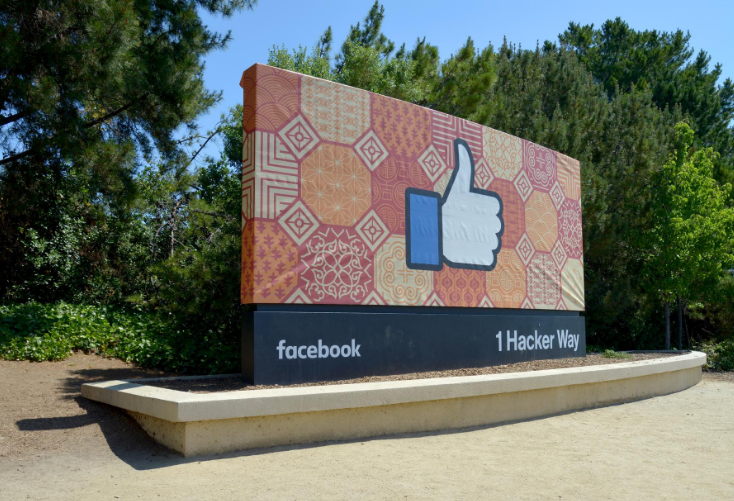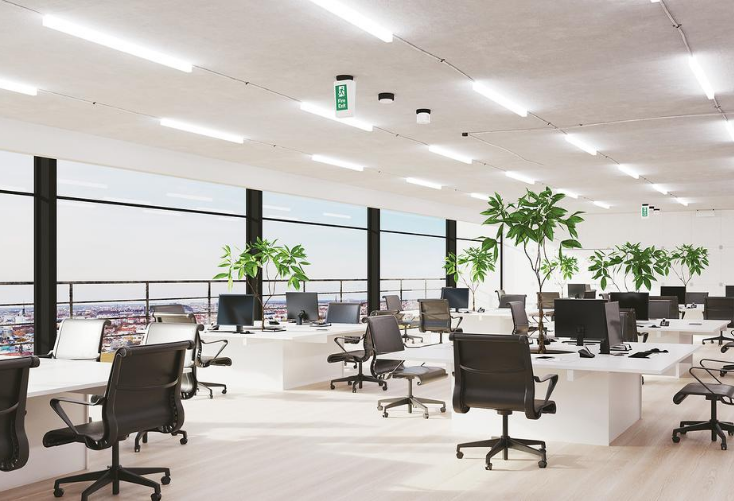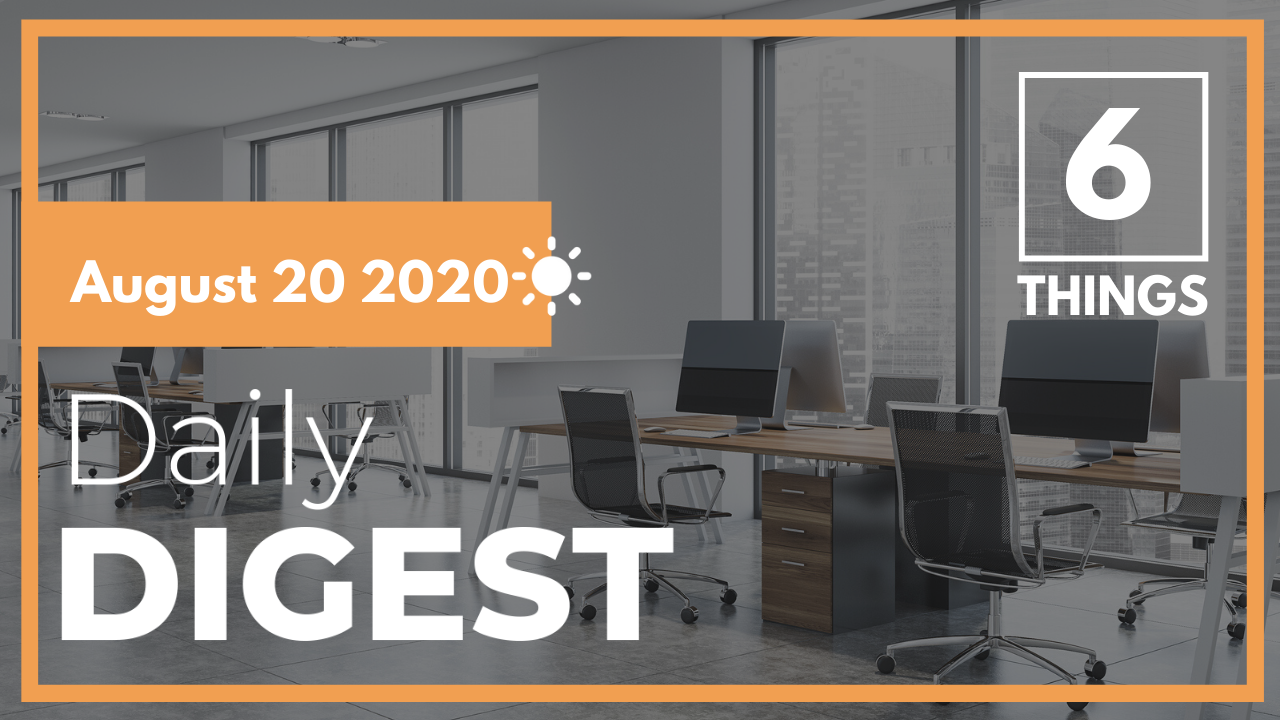Hand selected flexible workspace news from the most reliable sources to keep you ahead of the pack. We find all the latest news, so you don’t have to. Morning and afternoon updates. Stay in the know.
- Keeping A Remote Work Environment Secure NEW
- Why Are Tech Workers Leaving The Bay Area? NEW
- Facebook’s Remote Future Becomes Muddled NEW
- Centralized Offices Are Still Necessary
- How Can Demand For Coworking Be Rising?
- The Necessity Of Thoughtful Office Design
Keeping A Remote Work Environment Secure
Businesses have likely settled into their relatively new remote working arrangements, and with this comes a brand new security infrastructure that many may have not been prepared for.
Now that employees are working from home for the time being, cybersecurity risks have become more rampant as homes are usually not equipped with the right tools to combat these potential threats.
In order to carefully protect company information when workers are operating from their homes, businesses need to invest in machine learning and artificial intelligence tools that are able to go through large amounts of data and relearn traffic patterns.
“With a wider, more open network perimeter and computing environment, businesses need the ability to monitor this new influx of data points,” said Ron Culler, senior director of technology and solutions at ADT Cybersecurity. “AI/ML provides something that traditional rule-based security information and event management systems (SIEMs) don’t provide: The ability to learn the environment as they are stood up.”
Organizations and their IT departments need to shift their focus on remote environments since many employees will be working from home for the foreseeable future. This includes endpoint management, endpoint detection and response, VPN security, cloud security and cyber event detection and response.
Working from home means that businesses need to equip their remote workers with tools, such as firewalls, to have better visibility as if the device were within the company’s physical office.

Why Are Tech Workers Leaving The Bay Area?
Remote working has threatened how workplaces in Silicon Valley look. For years, technology companies have fully invested in creating workspaces that are highly amenitized to retain top talent and keep workers engaged.
However, companies like Reddit and Yahoo have become more flexible arrangements in the past few years. Now that most tech businesses have been forced to adopt remote working, workers are leaving the Bay Area in search of cities that have a lower cost of living.
Susan Wachter, a professor of real estate and finance at the University of Pennsylvania’s Wharton School, believes that the transition to a more remote workforce allows tech companies to expand their hiring and growth.
“It was nearly impossible to get young talented people to join the workforce at wages that could cover those prices,” said Wachter.
By adopting remote working arrangements, Silicon Valley has the ability to expand its size not in terms of geography, but in networking. Wachter anticipates that this will create “neighborhood nodes” where workers can congregate across the West Coast. However, Silicon Valley will remain the hub.
While this move could potentially hinder creating meaningful connections and relationships with colleagues, workers may finally find an affordable place to live.

Facebook’s Remote Future Becomes Muddled
At the beginning of the pandemic, the overall belief for companies was that they could transition to remote working temporarily and return to the office in the matter of months. But as cases continue to rise in various parts of the country, it appears that remote working may become part of our reality for the foreseeable future.
Now, notable technology firms like Slack and Google have announced they are extending their remote working policies until at least the summer of 2021.
“I don’t know if we’re going to be able to take that back,” said Stewart Butterfield, CEO of Slack. “If we say you can work remotely and you move somewhere with your family to a different state, we can’t call you up and say, ‘Come back to the Bay Area and buy a house.’”
However, despite Facebook being one of the major firms to extend its remote working arrangements, the social media giant recently closed on a 730,000-square-foot office near Penn Station in New York City.
While this has been seen as a win for both Facebook and New York, Peter Riguardi, chairman and president of JLL’s tri-state region, explains that the Farley building is more similar to a California headquarters with large floor plans, which is rare for the city.
Now, the company is in talks to take up more space 770 Broadway, where it already occupies 700,000 square feet.
But CEO Mark Zuckerberg’s proclamation that at least half of the company’s staff would work remotely over the next decade could be a huge upset for the commercial real estate market.

Centralized Offices Are Still Necessary
Companies have started transforming their offices into design-focused and highly amenitized workspaces over the past few years in an effort to better retain and attract talent. Along with this has been the growth in coworking spaces that offer similar services for lower costs.
Now, as the digitization of the workplace ramps up, organizations are reconsidering how much office space they truly need. Working from home has officially hit the mainstream, so why go back to the seemingly antiquated in-person work arrangement?
Remote working arrangements do indeed carry numerous benefits for employees and businesses. However, the sudden transition to working from home may be Band-Aid on a much deeper problem.
For instance, socialization and collaboration cannot be truly replicated virtually. This hinders creativity and overall teamwork. Additionally, many employees actually want to come into the office at least part of the time to maintain relationships with colleagues and get time outside of their distraction-riddled homes. The solution may be a hybrid approach rather than adopting one arrangement or the other.
This is not to say that all offices will be necessary moving forward. In fact, old, unrenovated office space will likely suffer in the coming months. However, Class A offices in ideal locations will see a growth in demand.
Those returning to the physical workspace will still have to do so under new guidelines. That means lower occupancy, distanced workstations and consistent sanitation practices.

How Can Demand For Coworking Be Rising?
According to a World Economic Forum report from May, over half of gig workers lost their jobs which has left them with little to no income. So how can coworking and flexible offices, which normally are home to entrepreneurs and gig workers, be growing?
The online publication Coworking Resources anticipates that the flexible workspace industry will expand from 2021 with an annual growth rate of 21.3%.
The ongoing pandemic has undoubtedly hurt the flexible office market in the short-term as workers from both small and large businesses transition to remote working arrangements. However, research has indicated that several employees expect to return to the office at least some of the time in the near future as they realize the need for a private workplace outside of the home.
Organizations are tackling how to find a balance between the benefits of remote and in-office work arrangements. The decentralization of the workplace has caused collaboration and connection to take a hit, which is why the coworking industry is starting to see a growth in demand. This demand is being led mostly by large businesses who are eager to get workers back together, without putting their health at risk.
This move could open a door of opportunities for landlords who are currently experiencing high vacancy rates. Implementing some sort of flexible office space, rather than lavish workspaces, could help boost their revenue and avoid dealing with risky long-term leases.

The Necessity Of Thoughtful Office Design
Innovation and creativity in the workplace starts with just that — the workplace. How an office is designed to accommodate the needs of workers is synonymous with an atmosphere that nurtures innovation.
For instance, a workplace that incorporates bright colors is likely to produce more creativity and boost the engagement of workers. Additionally, having a variety of workspaces to suit the various needs of employees can maintain a flow of productivity throughout the entire office.
For starters, building a huddle room that has little noise can help colleagues collaborate, brainstorm and interact without any distractions.
Incorporating multi-purpose furniture is also a great way to build a free-flowing environment that is both functional and thoughtful. Planning out an office space aids in the flow of innovation, and can help colleagues create more meaningful relationships with one another during downtime.
Bringing in natural lighting can also make or break how employees feel in the workspace. Poor lighting has been tied to health problems such as headaches, fatigue and stress. Workspaces that ensure plenty of natural light are guaranteed to see an improvement in productivity, creativity and the overall health of employees.



 Dr. Gleb Tsipursky – The Office Whisperer
Dr. Gleb Tsipursky – The Office Whisperer Nirit Cohen – WorkFutures
Nirit Cohen – WorkFutures Angela Howard – Culture Expert
Angela Howard – Culture Expert Drew Jones – Design & Innovation
Drew Jones – Design & Innovation Jonathan Price – CRE & Flex Expert
Jonathan Price – CRE & Flex Expert













